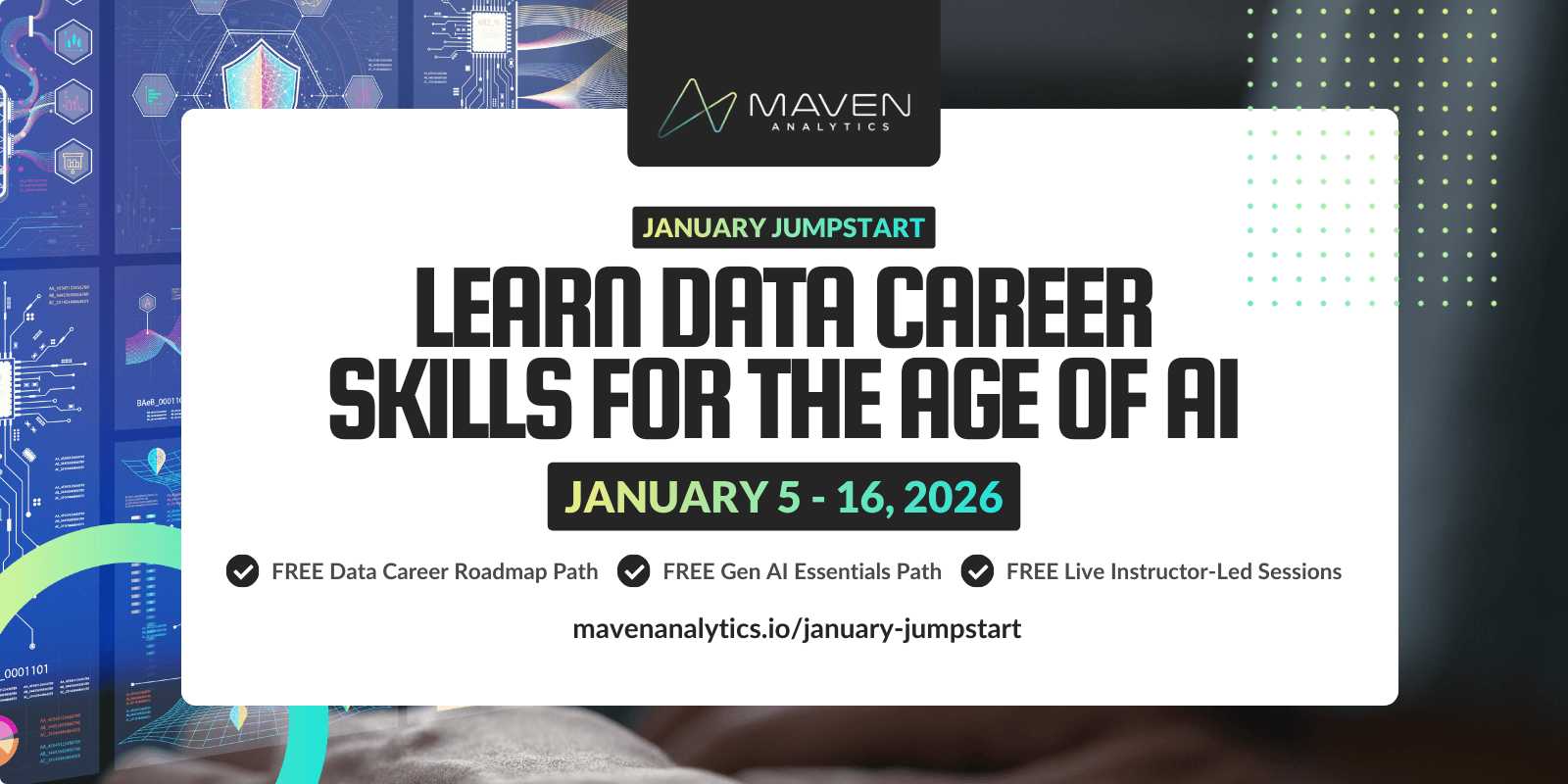The world runs on data, and business intelligence is all about using that data to make smart decisions. But however short (and true) that sentence may be, it's important to remember that there is a gap between data and useful data.
Who oversees bridging that gap? The analyst.
An analyst’s job is to make data useful for the decision maker, by extracting insight from the noise. Skilled analysts excel at exploring data quickly and transforming it into meaningful, data-driven recommendations.
In other words, they transform information into insight.
But there’s a catch that needs to be addressed, and that even the most gifted analysts need to be reminded of: skills on their own don’t guarantee impact. That’s ultimately up to the data.
And the thing is? Not all data has meaning.

It may sound shocking, but it's the truth. You can’t count on getting something useful every time you dive into a dataset. Sometimes noise is just… noise.
And that’s OK.
Why? Because otherwise you’ll start to blur the line between storytelling with data and outright lying with data.
Let me elaborate…
Suppose you’re a BI analyst that has just been handed a dataset from your manager (the decision maker). Your role is to explore & analyze this dataset to propose a data-driven recommendation.
As you dig through the data and struggle to find anything that resembles a strong insight, two things can happen:
1. In a state of panic, you will unknowingly (or knowingly!) fabricate meaning where it doesn’t exist.
Human brains are great at identifying patterns where there aren't any. So if you're against the wall and looking for insights, anything shiny will look like gold. Even worse, once you find that "insight" you were looking for, it becomes increasingly hard to look at anything else. This is called confirmation bias.
Layer a few good-looking charts on top that support that side of the story, while omitting the contradicting data, and you're getting pretty close to telling your first data lie.
When you take your conclusions back to the decision maker, at best you will have wasted their time and your own. At worst, you’ll be the driver of bad “data-driven” decisions.
Nobody wants that.
Unfortunately, this is the most common course of action. But that’s only because most people aren’t aware of (or don’t allow) the second option:
2. You’ll take a deep breath, acknowledge the fact that there is nothing of value in the dataset, and move on.
You mean waste my time?!
Yes… that’s part of being an analyst! The trick is to improve your skills to work efficiently and waste as little time as possible. And let’s not forget that option #1 not only wastes time but potentially puts you at risk to inspire bad decisions.
Now, I’m not trying to demotivate anyone or rewrite the script here, my goal is simply to pitch the idea that it's ok to not find any meaning in your data.
Next time you’re analyzing a dataset, keep searching for the insight within the noise (it's your role!). But, to quote Google’s Cassie Kozyrkov (who inspired this post), know that if nothing is there to be found, you don’t need to “torture the data until it confesses”. You're better off gathering more data or looking elsewhere.
Happy analyzing!
Happening NOW: Free Course Access + LIVE Learning
January Jumpstart is here -- don't miss this chance to kickstart your new year!
Join us January 5th - 16th to jumpstart the new year with LIVE instructor-led learning sessions and FREE course access to our top career & AI learning paths. Let’s make AI your new data superpower in 2026!

Enrique Ruiz
Sr. Learning Experience Designer
Enrique is a certified Microsoft Excel Expert and top-rated instructor with a background in business intelligence, data analysis and visualization. He has been producing advanced Excel and test prep courses since 2016, along with adaptations tailored to Spanish-speaking learners.











































